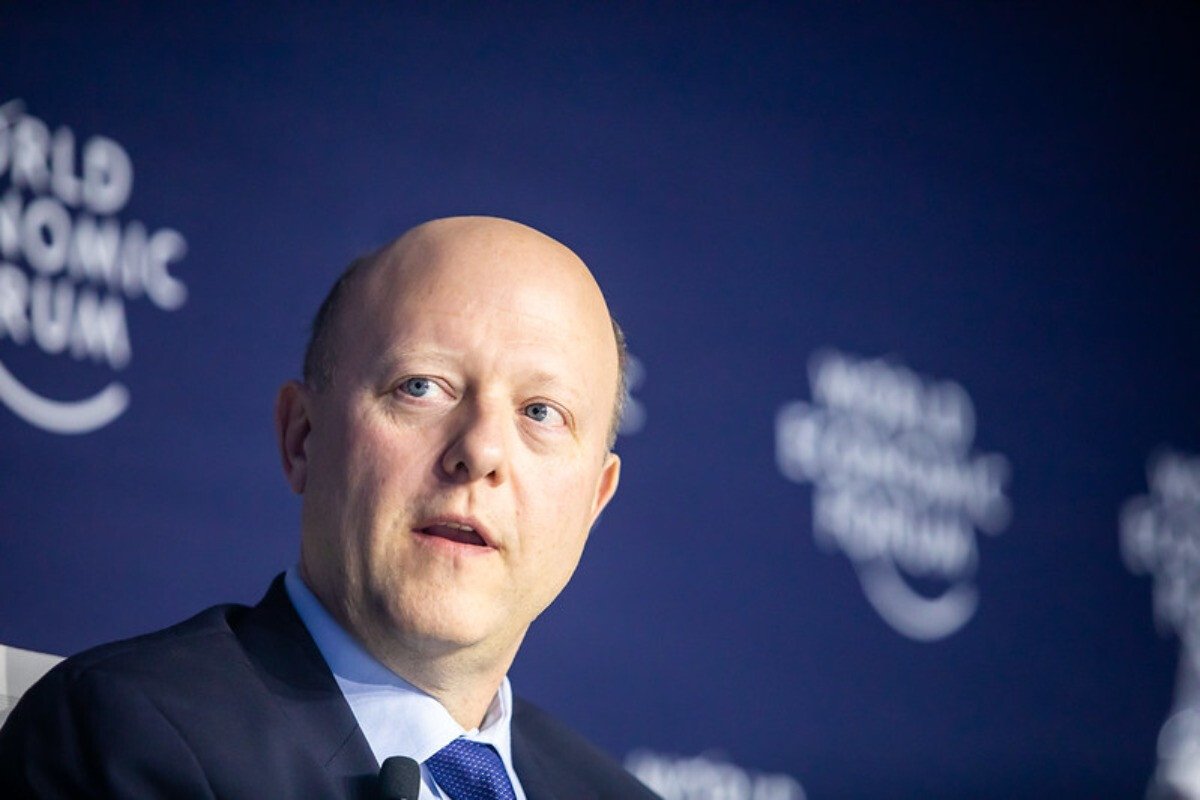Despite a challenging year for the sector, Circle CEO Jeremy Allaire remains optimistic about the potential for growth and transformation in digital assets over the coming years – including on the regulatory front.
During a newly published interview with Fortune, Allaire drew parallels between crypto’s volatility and historical technological booms and busts, such as the dot-com bubble of the late ’90s.
“What you started to see on the other side of it is like the meaningful companies that have staying power,” said Allaire. “You start to see reactions from, you know, other parts of society—meaning governments, regulators, others, to say, well, this is clearly here to stay, this is really big, let’s get the rules in place for this.”
Allaire highlighted the shift from speculative value to utility value as a key development. His company Circle, for example, issues USD Coin (USDC) – a “stablecoin” value pegged to the US dollar, explicitly designed to avoid speculative price volatility to make crypto more useful for facilitating payments.
A report from Brevan Howard last week claimed that the vast majority of stablecoin transaction volume last year was used for nonspeculative purposes. Indeed, the technology already has use cases in remittances, enterprise payments, and partnerships with major financial institutions.
“It’s now a medium of exchange on the internet, we’ve done over $11 trillion in transactions,” said Allaire.
Regulation and Technological Progress
Regarding regulation, Allaire stressed the importance of establishing a federal regulatory framework for payment stablecoins to foster innovation and ensure stability. Otherwise, there ”could be runs,” “real losses,” and more “huge issues,” like the collapse of Terra’s UST stablecoin in May 2022.
Last month, the House Financial Services Committee advanced the Clarity of Stablecoin Act of 2023, moving the first legislation meant to create road rules on stablecoins to the house floor. Like other crypto bills, the vote mostly fell down partisan lines, leaving doubt as to whether such bills can find their way past the Democrat-controlled Senate.
Nevertheless, Allaire is bullish on the progress that has been made, as negotiations have been reduced to “some nitty-gritty issues… between Congress and the White House.”
“As you get that clarity, major companies are going to start to come in… and that’s exactly what the US government should want,” he said.
10 years out, Allaire, envisions money moving “at the speed of the internet” – instantly, globally, and at no cost. As the movement of money becomes smoother, he theorizes that the velocity of money will rise, and so to will economic activity and opportunity.
“When this gets really big, people won’t call it crypto… I think success is when that’s invisible,” he concluded.
Despite a challenging year for the sector, Circle CEO Jeremy Allaire remains optimistic about the potential for growth and transformation in digital assets over the coming years – including on the regulatory front.
During a newly published interview with Fortune, Allaire drew parallels between crypto’s volatility and historical technological booms and busts, such as the dot-com bubble of the late ’90s.
“What you started to see on the other side of it is like the meaningful companies that have staying power,” said Allaire. “You start to see reactions from, you know, other parts of society—meaning governments, regulators, others, to say, well, this is clearly here to stay, this is really big, let’s get the rules in place for this.”
Allaire highlighted the shift from speculative value to utility value as a key development. His company Circle, for example, issues USD Coin (USDC) – a “stablecoin” value pegged to the US dollar, explicitly designed to avoid speculative price volatility to make crypto more useful for facilitating payments.
A report from Brevan Howard last week claimed that the vast majority of stablecoin transaction volume last year was used for nonspeculative purposes. Indeed, the technology already has use cases in remittances, enterprise payments, and partnerships with major financial institutions.
“It’s now a medium of exchange on the internet, we’ve done over $11 trillion in transactions,” said Allaire.
Regulation and Technological Progress
Regarding regulation, Allaire stressed the importance of establishing a federal regulatory framework for payment stablecoins to foster innovation and ensure stability. Otherwise, there ”could be runs,” “real losses,” and more “huge issues,” like the collapse of Terra’s UST stablecoin in May 2022.
Last month, the House Financial Services Committee advanced the Clarity of Stablecoin Act of 2023, moving the first legislation meant to create road rules on stablecoins to the house floor. Like other crypto bills, the vote mostly fell down partisan lines, leaving doubt as to whether such bills can find their way past the Democrat-controlled Senate.
Nevertheless, Allaire is bullish on the progress that has been made, as negotiations have been reduced to “some nitty-gritty issues… between Congress and the White House.”
“As you get that clarity, major companies are going to start to come in… and that’s exactly what the US government should want,” he said.
10 years out, Allaire, envisions money moving “at the speed of the internet” – instantly, globally, and at no cost. As the movement of money becomes smoother, he theorizes that the velocity of money will rise, and so to will economic activity and opportunity.
“When this gets really big, people won’t call it crypto… I think success is when that’s invisible,” he concluded.
